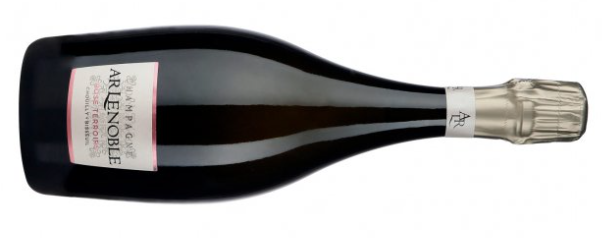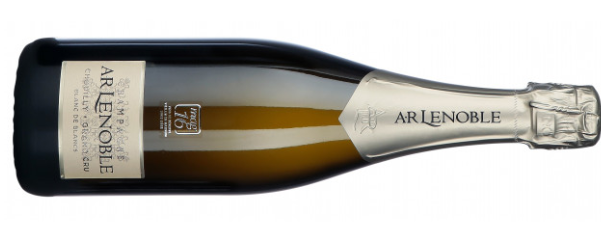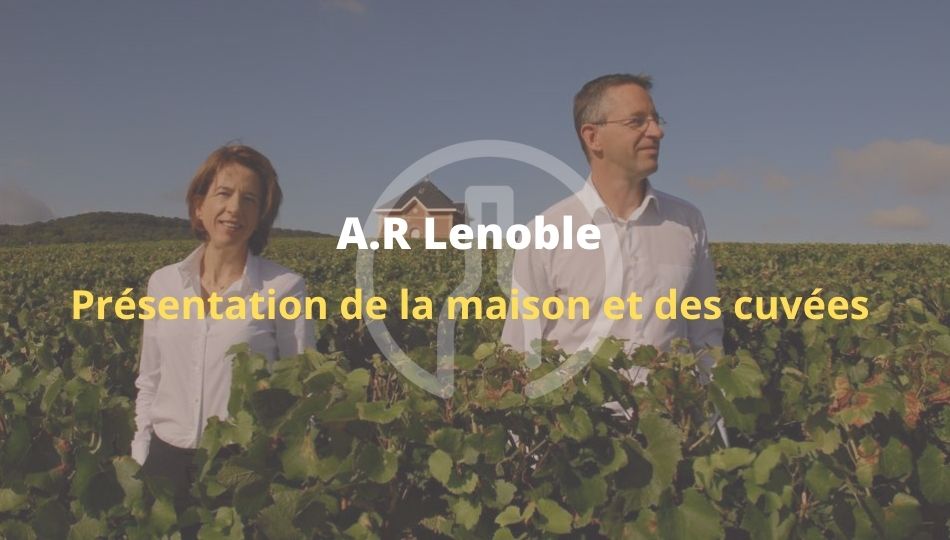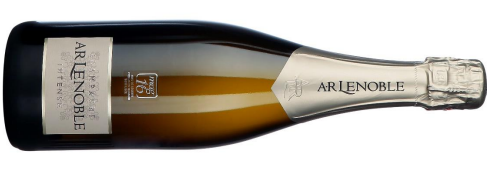Here is our complete guide to the famous Champagne house Lenoble. This estate produces the finest brand-name champagnes. These cuvées include fruity champagnes and winey, saline cuvées for table service. This discreet champagne house is located in Damery (Marne Valley) and directed par Anne Malassagne former owner of L'Oréal and her brother Antoire. These are the great-grandchildren ofArmand-Raphaël Graser the founder of this estate in 1915. Most of the vineyard is planted with Chardonnay. Dosages are very low, and rearing conditions are partially subdued. In this article, I'll recount the key points in the history of the estate Lenoble, as well as the presentation of its finest cuvées.
The history of the champagne house from 1870 to the present day
- It all began in 1870, when during the war Joseph Graser escaped the Germans and left his native Alsace for Epernay in Champagne, where his wife Alice was originally from. He died suddenly in the middle of the street at the age of 44; his son Armand-Raphaël, who had been promoted to a career as a doctor, became the head of the family. He had to take all the expenses into account, and set up a wine brokerage business.
- In 1920, Armand-Raphaël developed this activity and began production of Graser champagne, which he renamed "AR Lenoble". But with the advent of the armistice, a German-sounding name didn't seem the best idea, so he opted for "AR Lenoble" for the initials "AR" and "Lenoble" in tribute to the distinction of champagne wines.
- 4 generations have succeeded one another, while preserving the values and traditions of the family estate. Today, siblings Anne and Antoine have been running the estate for over 20 years. Despite numerous offers to buy the estate, they have remained true to their convictions and preserved their freedom. Today, the vineyard covers 18 hectares and is located on some of the finest slopes in Champagne. In Chouilly, one of the 6 Grand Cru villages on the Côte des Blancs, and in Bisseuil, a Premier Cru terroir on the Montagne de Reims. Supplies from partner winegrowers in the Epernay region complete the range of vintages used to make AR Lenoble champagnes. Anne and Antoine do their utmost to grow good grapes that can then be used to make good wine. With a damp, cold climate due to the very northern location of the Champagne region, they favor a reasoned approach that prioritizes biodiversity and soil life. All the conditions are put in place to develop the nutrients necessary for the development of the grapes. In 2012, the vineyard obtained HVE (Haute Valeur Environnementale) certification. The estate's beehives are further proof of its beneficial environment.
The best vintages of the estate :
-
Champagne intense - A.R Lenoble :
This cuvée is made from 20 % of Chardonnay from Chouilly Grand Cru, 35 % of Pinot Noir from Bisseuil Premier Cru and 45 % of Pinot Meunier from Damery in the Marne Valley. Serve between 9 and 10 degrees. This champagne is well-balanced, easy-drinking, creamy and bright, with citrus acidity and notes of honeycrisp apple, slivered almond and candied ginger. The color is golden, bright and luminous, dotted with fine bubbles. The nose offers a touch of finesse, with fruity and citrus notes. Smooth and round on the palate, with a tangy, lingering finish.
-
Champagne Brut Nature -A.R lenoble :

It is made with the same blends as the Brut Intense, i.e. 15 % of Chardonnays from Chouilly (terroir classified as Grand Cru), 40% of Pinots Noirs from Bisseuil (terroir classified as Premier Cru) and 45% of Pinots Meuniers from Damery. It benefits from 6 months more ageing than the brut intense. The champagne contains no added sugar or dosage. Its deep gold color is bright and luminous, with dense effervescence and airy mousse. On the nose, it is round and delicate, with light notes of white fruit. On the palate, it has a smooth, creamy attack, followed by notes of pierced fruit. Perfect with seafood.
-
Champagne "Rosé Terroirs" A.R Lenoble :

This cuvée is very greedy and fruity. It's a blend of 11% of de-stemmed pinot noirs from the 1er Cru terroir of Bisseuil, and 89 % of chardonnays from Chouilly, a Grand Cru village in the Côte des Blancs. The dosage is very low, 3 g/ liters, allowing it to express all the power of the pinot and the finesse of the chardonnay. The rosé color is accompanied by fine bubbles. The nose reveals raspberry notes that evolve into floral aromas. On the palate, the wine is long and powerful, with a dense, complex attack and a clean, pure finish thanks to the low dosage. It goes equally well with aperitifs and slices of cured ham.
-
Champagne "le Blanc de Blancs Chouilly grand cru" :

The blend is made up of 70 % of a main vintage and 30 % of perpetual reserve wines, with 100% of Chardonnay planted in Chouilly. The wine's color is a brilliant bronze with slight green highlights. On the nose, white flowers with hints of citrus, lemon and menthol. On the palate, it's very mineral and full-bodied, with citrus flavors such as Menton lemon, Corsican clementine and a fine touch of bergamot from southern Italy. Serve at around 10-11°C with caviar blinis, smoked trout rolls and Bayonne ham.
- Feed has no items.






![✨ Comptoir des Millésimes honors Champagne's great winemakers ✨[LINK TO THE ORGANIC CELLAR]We've selected 11 exceptional estates that reveal the full richness of Champagne terroir through unique, refined cuvées. Hugues Godmé - In Verzenay, this family-run biodynamic estate offers precise, vibrant champagnes with a beautiful mineral tension.Egly-Ouriet - A benchmark for the Montagne de Reims, its powerful champagnes, aged for long periods in barrel, impress with their complexity.Moussé Fils - In Cuisles, the Meunier grape is king. Pertois-Moriset - Pure, taut Chardonnay Grands Crus for lovers of chalky finesse. A fine address in Mesnil-sur-Oger.Geoffroy - In Aÿ, this domaine produces fine champagnes, carefully crafted and barrel-aged to reveal the full complexity of the terroir.Larmandier-Bernier - Biodynamic viticulture, exceptional parcels and purity. Crystal-clear, intense champagnes for connoisseurs.Roger Coulon - Eight generations of expertise at Vrigny. Balanced, subtle and elegant champagnes.A. Bergère - In Avize, a dynamic house offering expressive, fruity and accessible cuvées.Adrien Renoir - A promising talent from Verzy, he produces fine, complex champagnes with a true sense of terroir.De Sousa - Emblematic house in Avize. Richness, depth, long ageing: Chardonnay at its peak.Pierre Paillard - In Bouzy, the family magnifies Pinot Noir with vinous, racy and sincere cuvées.📦 Order now on our website#ComptoirdesMillésimes #Champagne #VigneronsIndépendants #GrandVin #ChampagnesdeTerroir #LivraisonRapide](https://www.comptoirdesmillesimes.com/blog/wp-content/plugins/instagram-feed/img/placeholder.png)